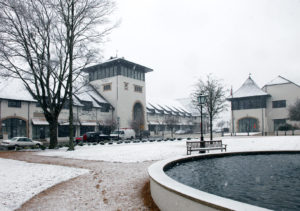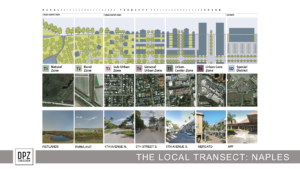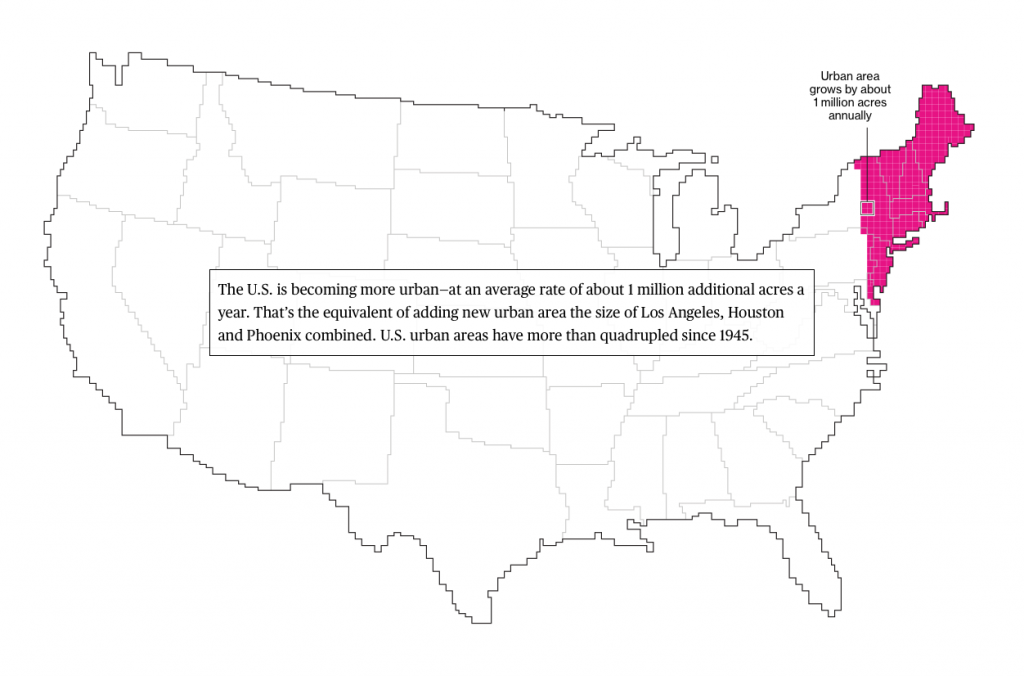Check out this story and interactive website from The Washington Post:
“… all around the country as new types of vibrant suburbs, either revived or created from scratch, are springing up outside of expensive downtown cores to meet the needs of young families who aren’t so much choosing suburban life as insisting that the suburbs change to accommodate the priorities they’ve brought with them from the city.
They demand higher-density housing, shorter commutes, easy access to their daily needs, plenty of opportunities to interact socially, interesting shopping, nearby green space, high-end dining options and other amenities traditionally unavailable in sprawling suburbs. It’s a new kind of convenient and tech-enabled community, with more breathing room than downtown and more street life than the ‘burbs.”
“Millennials have been slow to form households, but it’s happening now, and roughly two-thirds say they want to live and work in mixed-use urban neighborhoods where they can feel a strong sense of community and invest in interactions and experiences, rather than things,” says Jennifer Griffin, urban planner and Millennial mom.
 CURBED captures EIGHT IDEAS for rethinking suburbia, from eliminating single-family zoning to densifying sprawl to reducing carbon footprints. The results include undoing the long-term impacts of segregation and addressing the realities of rising poverty.
CURBED captures EIGHT IDEAS for rethinking suburbia, from eliminating single-family zoning to densifying sprawl to reducing carbon footprints. The results include undoing the long-term impacts of segregation and addressing the realities of rising poverty.
